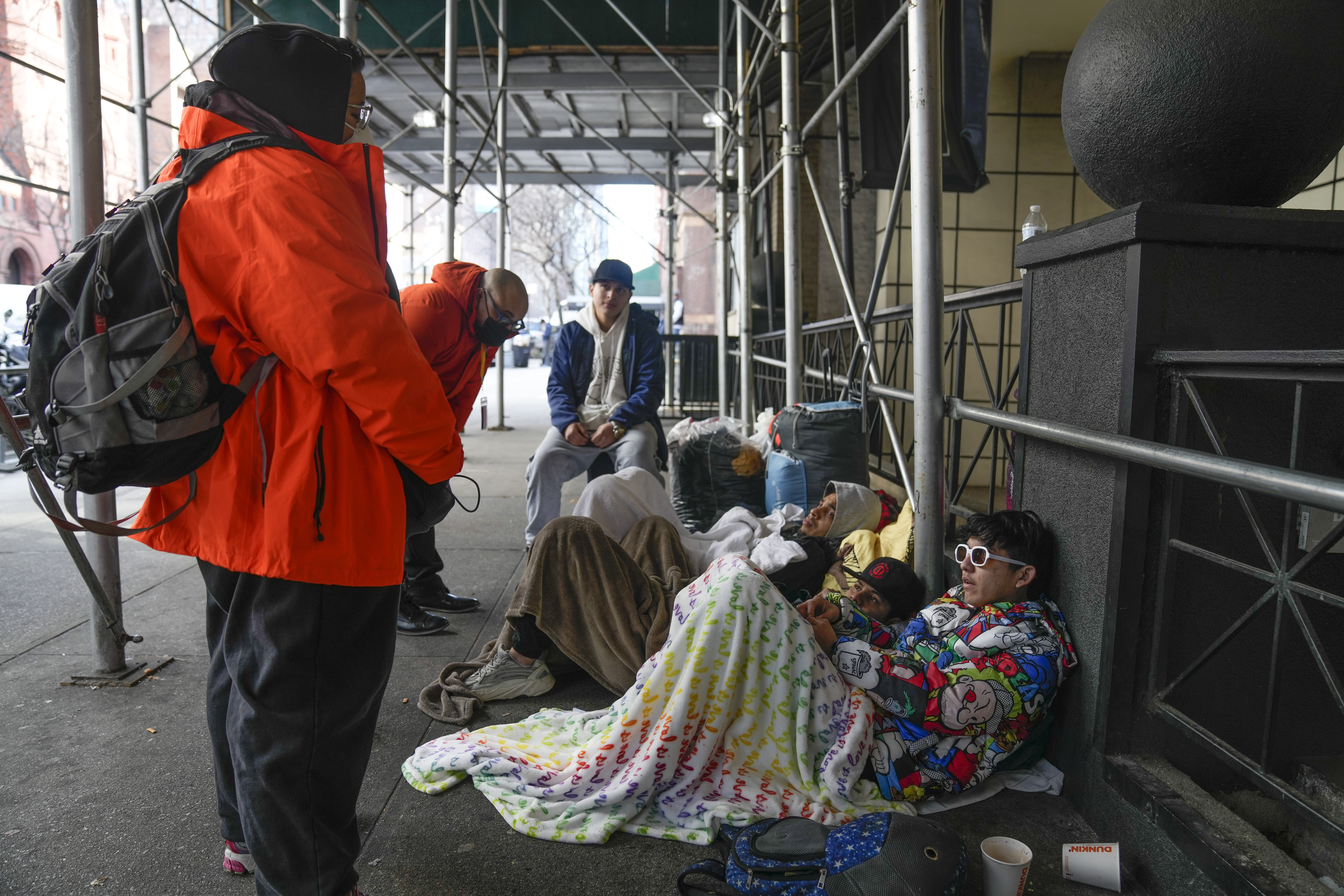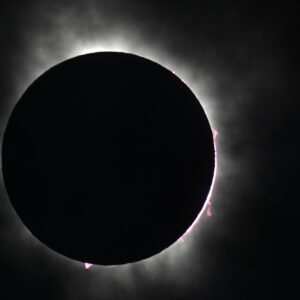As our planet spun like a roulette wheel and the Chinese rocket neared its re-entry on May 8, serving as like the roulette ball, millions of people stood by as helpless gamblers – hoping not to win.
It was a game of chance: Where would the debris make landfall?
If the rocket hit a home, what would current law allow that homeowner to do?
Sciencealert.com wrote:
“According to the 1967 Outer Space Treaty and 1972 Liability Convention – both adopted by the United Nations – this would be a government-to-government issue. The treaties declare that states are internationally responsible and liable for any damage caused by a spacecraft – even if the damage was caused by a private company from that state.”
The site said the claims process would seem easier than claims after a traffic accident. That person’s government, in fact, would file on his/her behalf via diplomacy.
An early test of liability came in 1978, as recounted by sciencealert.com:
A Soviet Cosmos satellite crashed into Canada’s Northwest Territories, sending radioactive parts from an onboard nuclear reactor across the tundra.
Cleanup efforts by a Canadian-American team cost more than $14 million Canadian (US $11.5 million). The Canadians wanted $6 million from the Soviets, but the Soviets paid only$3 million in the final settlement.
This was the first – and only – time the Liability Convention has been used when a spacecraft from one country has crashed in another.
In the wake of that event, countries now must:
- Warn other governments about debris.
- Provide any information they could about an impending crash.
- Clean up any damage caused by the craft.
- Compensate the affected government for any injuries.
Trying to adjudicate whether your satellite was hit by other traffic while in space, however, is just about impossible in the absence of any space traffic management system.


















Add comment